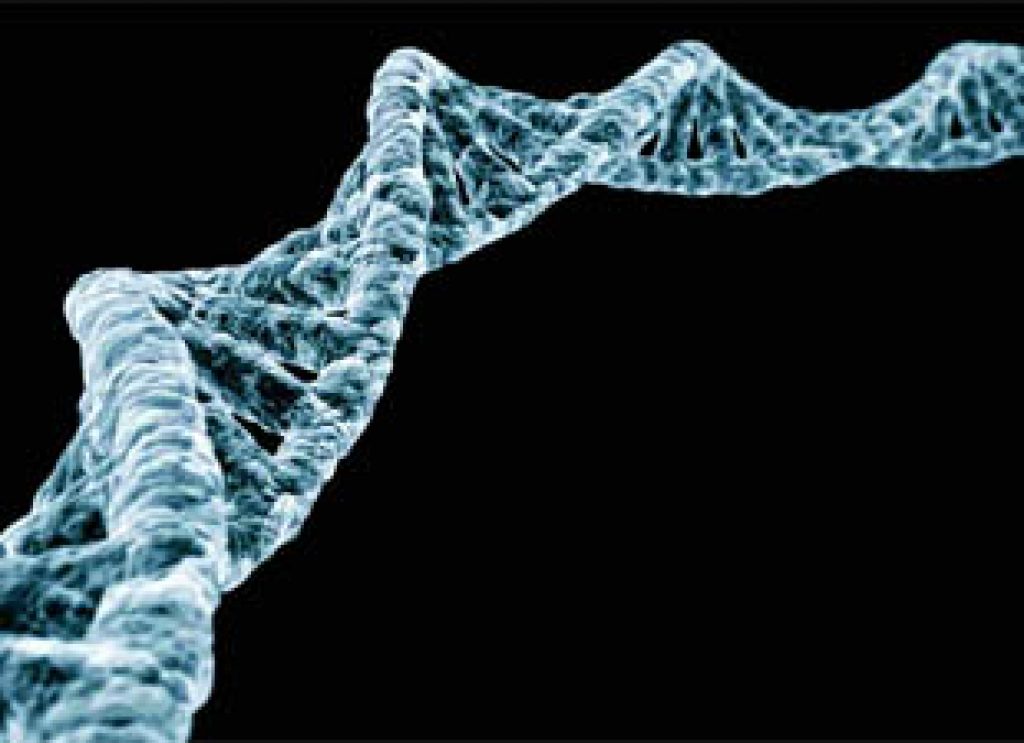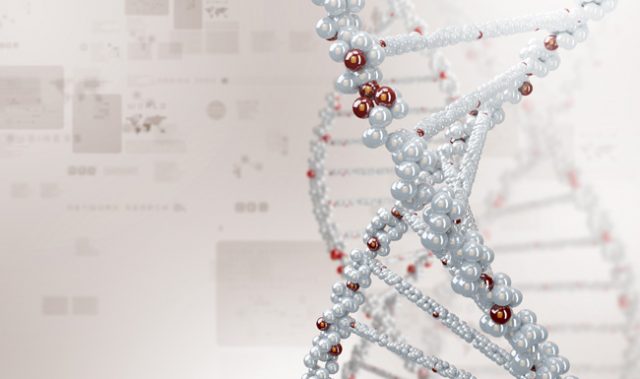
Asian Scientist (Jul. 4, 2013) – An international team of scientists has analyzed the genome’s three-dimensional (3D) structure at high resolution.
Roughly 3 metres of DNA is tightly folded into the nucleus of every cell in our body. This folding allows some genes to be ‘expressed’, or activated, while excluding others.
However, we understand relatively little about the 3D structure of the genome and this is one of the biggest challenges that scientists currently face in the fields of genomics and genetics.
In 2003, a public research consortium named ENCODE, the Encyclopedia Of DNA Elements, was launched to identify all functional elements in the human genome. The conclusions from the pilot phase of the project were published in 2007.
In this new study, published in Nature Genetics, researchers used the vast amounts of data from the ENCODE project to infer how the genome is folded up.
Genes are made up of ‘exons’ (sequences that code for protein) and ‘introns’ (stretches of noncoding DNA in-between). As the genes are copied, or ‘transcribed’, from DNA into RNA, the intron sequences are cut or ‘spliced’ out and the remaining exons are strung together to form a sequence that encodes a protein. Depending on which exons are strung together, the same gene can generate different proteins.
From their analysis, the researchers found that even within a gene, there are selected exons which are more easily exposed compared to others.
“Imagine a long and immensely convoluted grape vine, its twisted branches presenting some grapes to be plucked easily, while concealing others beyond reach,” said Dr Tim Mercer, lead author of the study.
“At the same time, imagine a lazy fruit picker only picking the grapes within easy reach.”
“The same principle applies in the genome. Specific genes, and even specific exons, are placed within easy reach by folding.”
This study provides the first indication that the 3D structure of the genome can influence the which exons of the genes are included in the final protein product. This means that different versions of the protein may be produced by the same gene under different conditions, depending on the structure of the genome at the time.
The article can be found at: Mercer et al. (2013) DNase I–Hypersensitive Exons Colocalize With Promoters And Distal Regulatory Elements.
——
Source: Garvan Institute of Medical Research; Photo: .
Disclaimer: This article does not necessarily reflect the views of AsianScientist or its staff.












